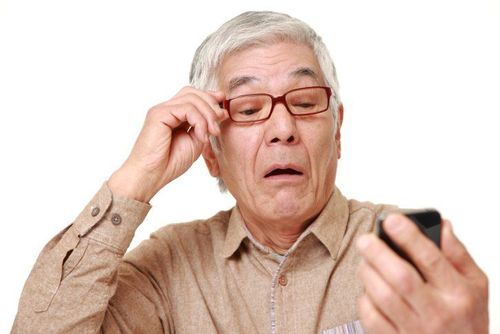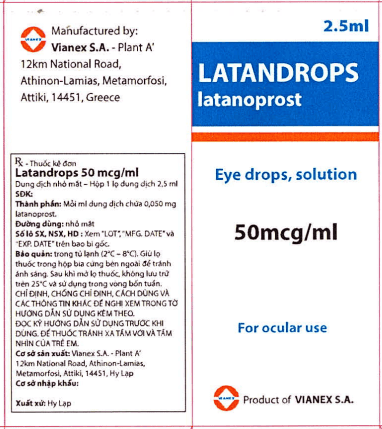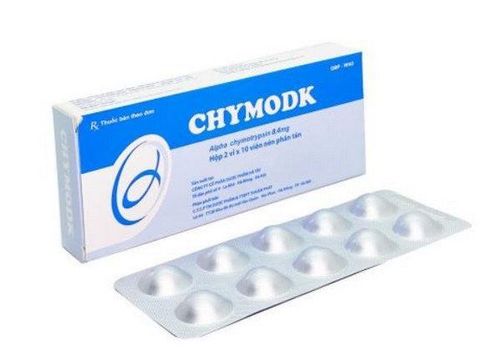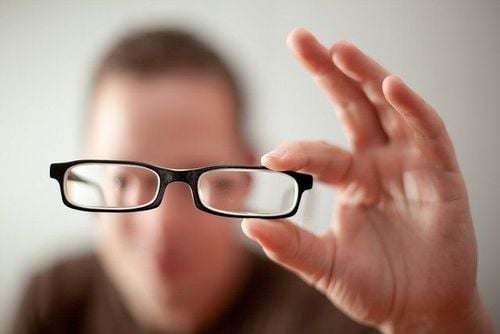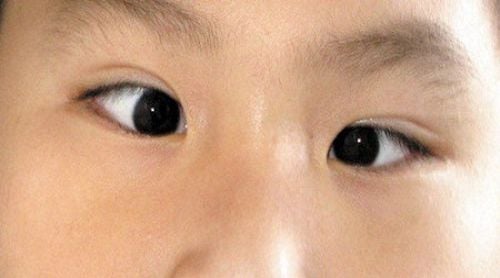This is an automatically translated article.
The article is professionally consulted by Specialist Doctor II Nguyen Thai Hung - Department of Medical Examination & Internal Medicine - Vinmec Danang International General Hospital.
1. Can strabismus be cured?
Strabismus (also known as strabismus) is a condition in which the eyes are not aligned, not looking in the same direction, but in different directions. One eye can look straight ahead, while the other, depending on the affected eye muscle, can look inward, outward, up or down. The eye movement may be permanent or temporary, and the gaze may alternate.Strabismus is a common disease, especially in children. The eye has 6 oculomotor muscles including 4 rectus and 2 oblique muscles, these 6 muscles work under the control of 2 nerves III, IV and VI. Strabismus occurs when there is an imbalance between the eye muscles due to muscle or damage to the nerves that supply the muscles. There are many causes of strabismus, which can be genetic, congenital abnormalities of the eyeball motor system, regulatory contraction, nerve damage or brain diseases,...

Regarding whether or not strabismus is curable, with modern medicine, strabismus can be cured, but the results depend on each specific disease case and how long the disease lasts. There are many methods to treat strabismus such as optical correction, vision correction, strabismus surgery for children to correct the axis of the eyeball. Strabismus in children, if the patient is treated as early as possible, the younger the age, the higher the chance of recovery. Some studies have shown that, if children are treated for strabismus before 3-4 years of age, the success rate is 92%, from 6-8 years of age, the success rate is 62%, if left for a long time, the baby's eyes will become healthy. disability, the ability to recover will be poor.
2. Methods of treating crossed eyes
The treatment process of strabismus consists of 3 stages: correction with glasses, treatment of amblyopia and surgery to restore balance in both eyes.2.1. Glass correction: Correction of glasses is an important step in the treatment of strabismus, especially with pure accommodation strabismus. Adjusting the glasses makes the image clear and facilitates binocular vision coordination.
Correction of glasses in presbyopia: the degree of presbyopia to be corrected depends on the patient's age and strabismus, if any. If children under 2 years old are not strabismus, they need to correct 4D presbyopia; if they have clear strabismus, they need to adjust glasses for 2D presbyopia. Correction of glasses in people with astigmatism: it is necessary to correct glasses if astigmatism is from 1D or more. Myopia: in children under 2 years old, glasses need to be corrected if myopia is 5D or more. Children 2-4 years old, myopia need to correct glasses is 3D. In older children, the level of myopia needs to be lower so that the child can read the words on the classroom board.

2.2.1. Blindfold method: Blindfolding is a simple but effective method, especially for young children. Eyes can be blindfolded with an eye patch and tape or a dark cloth cut in an oval shape, with a cord wrapped around the head. In children who already wear glasses, opaque tape can be applied to the lenses. There are types of blindfolds as follows:
Good blindfold: this is the most common type of blindfold, when the good eye is closed, the crossed eye is forced to work, so vision can be restored. The duration of blindfolding depends on the degree of amblyopia and the patient's age. Can be sealed 3 to 6 days a week. During the blindfold process, prevent amblyopia from appearing in the blindfolded eye. Blindfold strabismus: if amblyopia is accompanied by central fixation, the strabismus can be blindfolded continuously for several weeks, during which correction training begins. Blindfold alternately, blindfold one eye every day to practice balancing the two eyes. Blindfolded from time to time: for example, blindfold heals for 1 hour a day, combined with crossed-eye exercises. 2.2.2. Penalty:
Penalty is a measure of using medicine or glasses to achieve a spatial balance: one eye can only see far and the other eye can only see near, thereby creating visual ability for both eyes. The methods of punishment are:
Using atropin alone: eyes that are instilled with atropine will not be able to see close, this method is only used for young children. Long range penalty: the dominant eye is given 3D excessive glasses, the other eye adjusts the glasses to the correct number. Proximity: the dominant eye is daily with atropine and normal glasses, the other eye wears normal glasses or overfocuses 1 to 3D. Full penalty: the main eye is given daily atropine and adjusted to 4D myopia, the amblyopic eye is adjusted to normal. 2.2.3. Treatment of vision correction:
This method is used for children 5 years old and older who have not been treated blindfolded or blindfolded without amblyopia. Possible ways are:
The patient is better blindfolded then practice painting or beading for one hour a day. Using machines such as euthyscope, synoptophore, co-ordinator,... to respectively treat abnormal retina and restore macular center vision. 2.2.4. Drug treatment
Cases of strabismus in accommodation who cannot wear glasses can use strong mydriasis drugs to cause accommodation spasms, thereby reducing the need for accommodation when looking up close and reducing the degree of acuity. throttling capacitors. Commonly used drugs are ecothiopat iodide 0.125% once a day, or pilocarpine 4% used four times a day for 6 weeks. When the drug is effective, reduce the dose. These drugs should only be used short-term because they can cause iris cysts.
Using botulium toxin: this method has good results in some cases. The needle injects a small dose of the toxin into the paraplegic antagonist muscle to paralyze the muscle for a time, thereby facilitating the re-establishment of binocular balance.
2.3. Surgical treatment Strabismus surgery in children or adults is performed when the strabismus cannot be treated by conventional means. Cross-eye surgery for babies is to adjust the muscles attached to the eyes, help the eyes balance, stop strabismus and not cause danger. Strabismus surgery for babies is performed as soon as possible for the best results, strabismus for a long time, the condition of eye damage is prolonged, increasingly severe, and difficult to treat.
In strabismus surgery, one or more motor muscles of the eyeball will be strengthened, weakened, or moved to another position to improve vision. Children's strabismus is usually carried out as an outpatient procedure, takes about 20-40 minutes, the patient can go home immediately after the surgery and re-examine according to the doctor's schedule.
Vinmec International General Hospital is one of the hospitals that not only ensures professional quality with a team of leading medical doctors, modern equipment and technology, but also stands out for its examination and consultation services. comprehensive and professional medical consultation and treatment; civilized, polite, safe and sterile medical examination and treatment space.
Specialist II Nguyen Thai Hung has 13 years of experience as an eye doctor at C Hospital Da Nang and Ngu Hanh Son General Hospital - Da Nang. Currently working as an Ophthalmologist at the Inter-specialty Clinic of Medical Examination - Internal Medicine, Vinmec International General Hospital Da Nang.
Please dial HOTLINE for more information or register for an appointment HERE. Download MyVinmec app to make appointments faster and to manage your bookings easily.





